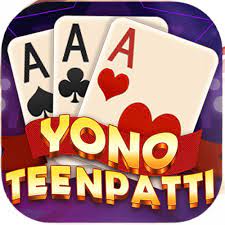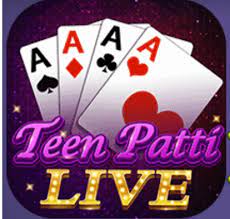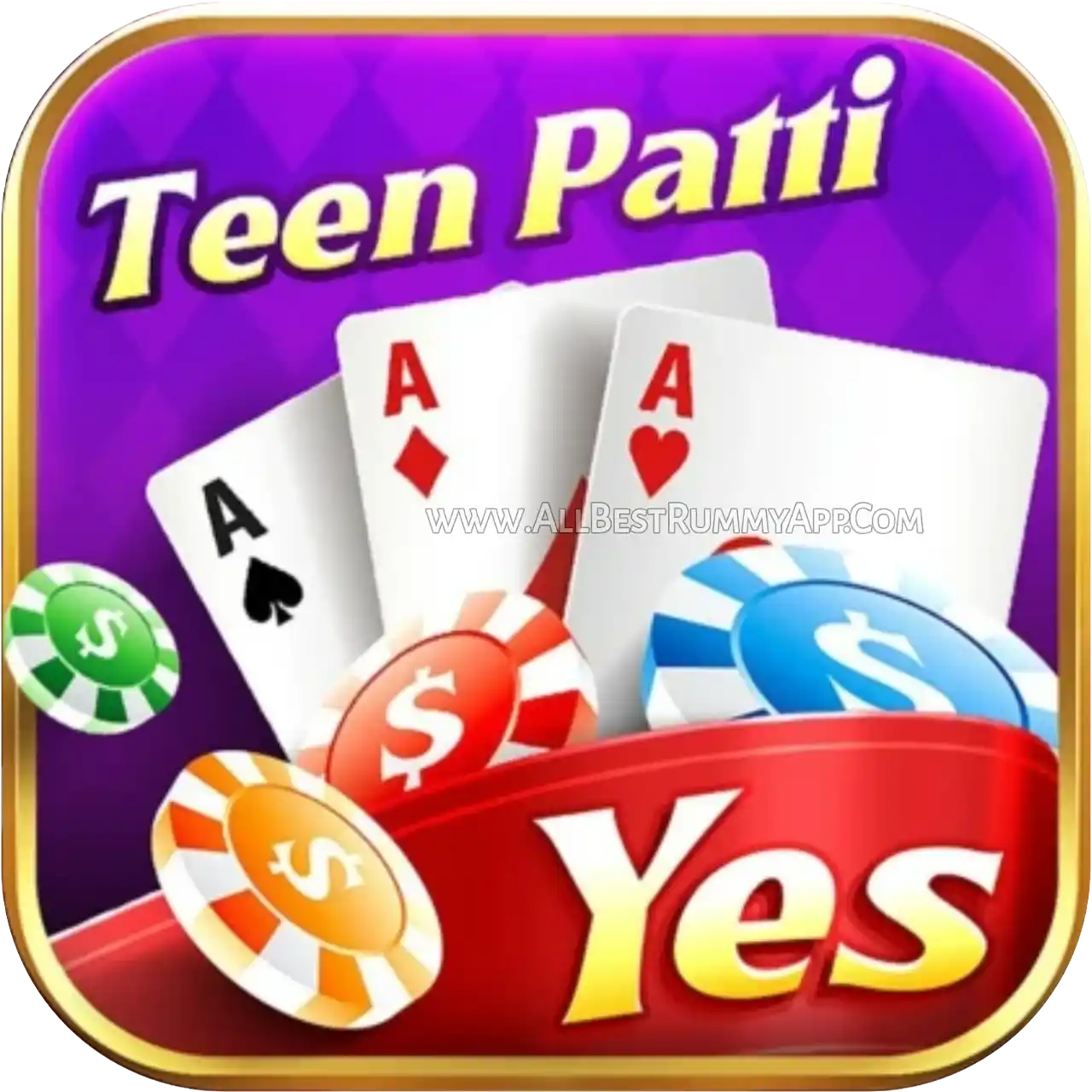Title: Unveiling the Allure of Teen Patti: The Original Game of Strategy and Chance
In the world of card games, few hold as much cultural significance and excitement as Teen Patti. Originating in the Indian subcontinent, this classic game has captured the hearts and minds of players across generations. Often referred to as the Indian version of poker, Teen Patti blends elements of skill, strategy, and luck, making it a captivating pastime for players of all ages. Also Download Yono Rummy

Origins and Evolution
The roots of Teen Patti can be traced back centuries, with its exact origins shrouded in the mists of time. It is believed to have been inspired by other card games like Three-Card Brag and Poker, which were introduced to India during the era of British colonialism. Over time, Teen Patti evolved into its own unique form, gaining popularity across the Indian subcontinent and beyond.
Gameplay
At its core, Teen Patti is a simple yet engaging game that revolves around betting and hand rankings. Played with a standard 52-card deck, the objective is to have the best three-card hand or to bluff your opponents into folding.
A typical game of Teen Patti begins with each player placing an initial bet into the pot. The dealer then distributes three cards face-down to each player in a clockwise direction. Players can then choose to either see their cards (play blind) or play blind and place their bet without seeing their cards.
As the game progresses, players have the option to call, raise, or fold based on the strength of their hand and their perception of their opponents’ hands. The excitement builds with each round of betting, as players attempt to outwit and outmaneuver their rivals.
Hand Rankings
Understanding hand rankings is crucial to mastering Teen Patti. While similar to poker, Teen Patti has its own unique hierarchy of hands, which include:
- Trail or Set: Three cards of the same rank, such as three Aces or three Kings.
- Pure Sequence: Three consecutive cards of the same suit, such as Ace, King, Queen of Hearts.
- Sequence (Run): Three consecutive cards, not necessarily of the same suit.
- Color: Three cards of the same suit, not in sequence.
- Pair: Two cards of the same rank.
If two players have the same type of hand, the player with the higher-ranking cards wins.
Cultural Significance
Beyond its gameplay mechanics, Teen Patti holds immense cultural significance in India and other South Asian countries. It is often played during festivals, family gatherings, and social events, serving as a means of entertainment and social bonding.
The game also reflects broader cultural values, such as risk-taking, calculation, and camaraderie. It fosters a sense of community and camaraderie among players, regardless of their background or social status.
Modern Adaptations
In recent years, Teen Patti has undergone a modern transformation, with online platforms and mobile apps bringing the game to a global audience. These digital adaptations offer players the convenience of playing anytime, anywhere, while also introducing new features and variations to keep the experience fresh and exciting.
Additionally, the rise of live dealer Teen Patti games has further enhanced the immersive nature of the game, allowing players to interact with real dealers and fellow enthusiasts in real-time.
Conclusion
Teen Patti is more than just a card game; it’s a cultural phenomenon that has stood the test of time. Its blend of strategy, skill, and chance continues to captivate players around the world, transcending geographical and cultural boundaries.
Whether played in traditional settings or on digital platforms, Teen Patti remains a beloved pastime that brings people together, fosters friendly competition, and creates lasting memories. As long as there are cards to shuffle and bets to be placed, the allure of Teen Patti will endure for generations to come. Also Download Happy Ace Casino























